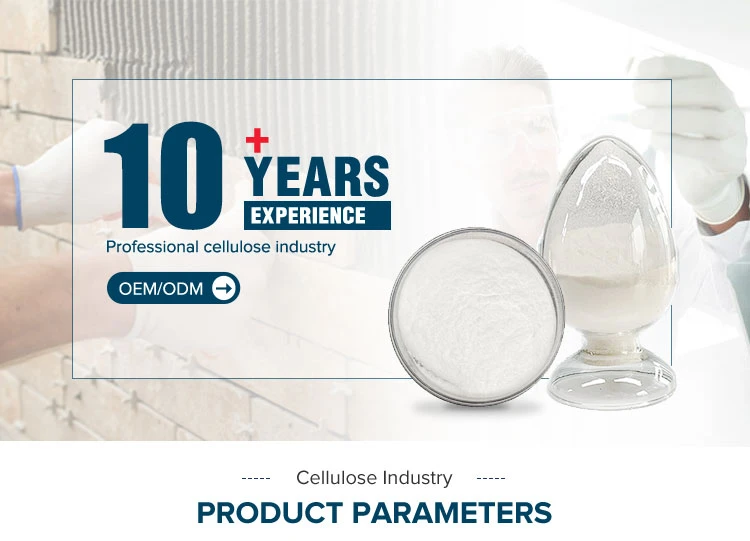The Role of HPMC in Construction
Hydroxypropyl Methylcellulose (HPMC) is a versatile and widely used polymer in the construction industry, particularly valued for its water-retention properties and its ability to improve the workability of construction materials. This article aims to explore the various applications and importance of HPMC in construction, highlighting its influence on modern building practices.
What is HPMC?
HPMC is a cellulose ether derived from natural cellulose. It is produced through a series of chemical modifications, resulting in a white, odorless powder that is soluble in both cold and hot water. HPMC is non-ionic and stable, which makes it an excellent additive for various construction materials, including mortars, plasters, adhesives, and coatings.
Enhancing Workability
One of the significant benefits of HPMC is its ability to enhance the workability of construction materials. When mixed into cement-based products, HPMC improves the flow characteristics of mixtures, making them easier to handle and apply. This enhancement is crucial in projects where labor efficiency and ease of application are essential, leading to smoother finishes and reduced labor costs.
Moreover, the inclusion of HPMC allows for increased open time. This means that workers have a more extended period during which the material remains workable, facilitating the application process on large surfaces. The ability to adjust working times is particularly advantageous in projects with tight deadlines, as it minimizes the risk of premature setting.
Water Retention and Adhesion
Another important feature of HPMC is its excellent water-retention capacity. In cement-based mixtures, maintaining moisture is critical for the hydration process, ultimately leading to stronger and more durable structures. HPMC helps to retain water in the mixture, allowing for better hydration of the cement particles, which contributes to the overall strength of the final product.
construction hpmc

Additionally, HPMC enhances the adhesion properties of various mixtures. It improves the bond between the substrates and the applied layer, whether it's tile adhesive or plaster. This enhanced adhesion reduces the likelihood of issues such as peeling or cracking, providing a long-lasting finish to construction projects.
Applications in Different Areas
HPMC finds applications in numerous areas within the construction industry. One of the primary uses is in tile adhesives, where it helps improve the thickness and workability of the adhesive, ensuring that tiles adhere firmly to surfaces. In the realm of plaster, HPMC contributes to smoother applications and reduced shrinkage, minimizing the potential for cracks during the curing process.
Another notable application of HPMC is in dry-mix mortars. As a crucial component, it aids in enhancing the performance of the dry mix, facilitating easy mixing and application while also improving the final bonding strength of the mortar. Additionally, HPMC is used in self-leveling compounds and cement boards, where its properties contribute to achieving optimal flow and consistency.
Environmental Aspects
In recent years, the construction industry has faced increasing pressure to adopt more sustainable practices. HPMC contributes to this goal by allowing for the use of less water in mixtures, thereby reducing overall water consumption. Moreover, its derived nature from cellulose makes it a more environmentally friendly alternative compared to some synthetic additives.
However, it is essential to ensure that HPMC is sourced responsibly, as sustainable practices in manufacturing are crucial for minimizing environmental impact. By integrating HPMC with other sustainable materials, the construction industry can advance towards greener building practices.
Conclusion
In conclusion, Hydroxypropyl Methylcellulose (HPMC) plays a vital role in modern construction by enhancing the workability, water retention, and adhesion of various materials. Its versatility and effectiveness make it a preferred choice for numerous applications, from tile adhesives to dry-mix mortars. As the construction industry continues to evolve, the importance of HPMC is likely to grow, particularly in the pursuit of improved efficiency and sustainability. Its contributions not only ensure better construction practices but also align with the industry's need for greener solutions, making HPMC an invaluable component in contemporary building methods.
-
The Application and Significance of Construction RdpNewsMay.19,2025
-
Industrial Grade HpmcNewsMay.19,2025
-
Building Coating Adhesive Building Coating Adhesive HpmcNewsMay.19,2025
-
Application Of Hpmc For Detergent For Detergent In DetergentsNewsMay.19,2025
-
Application Of Hpmc Cellulose In Cement-Based MaterialsNewsMay.19,2025
-
Application Of High Quality Hpmc For Construction In The Field Of ConstructionNewsMay.19,2025




